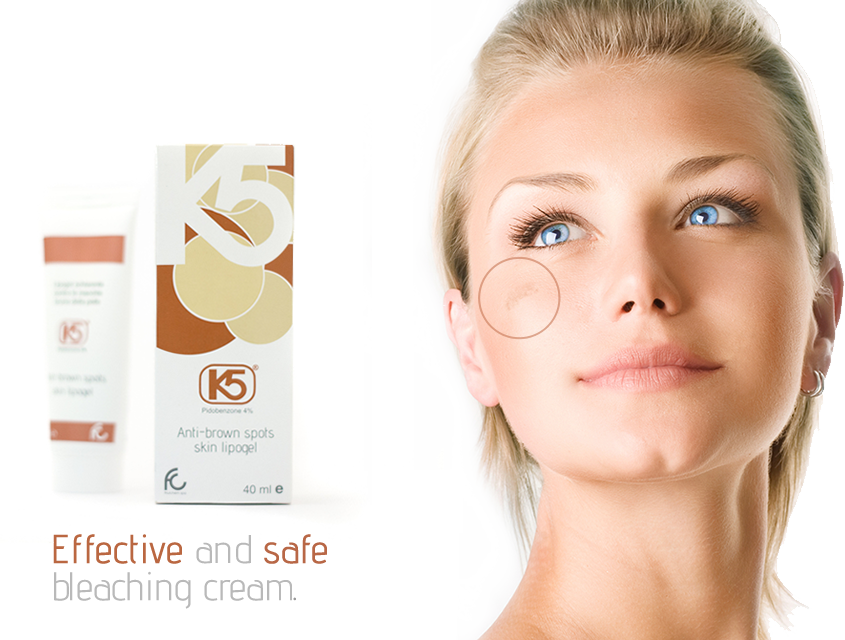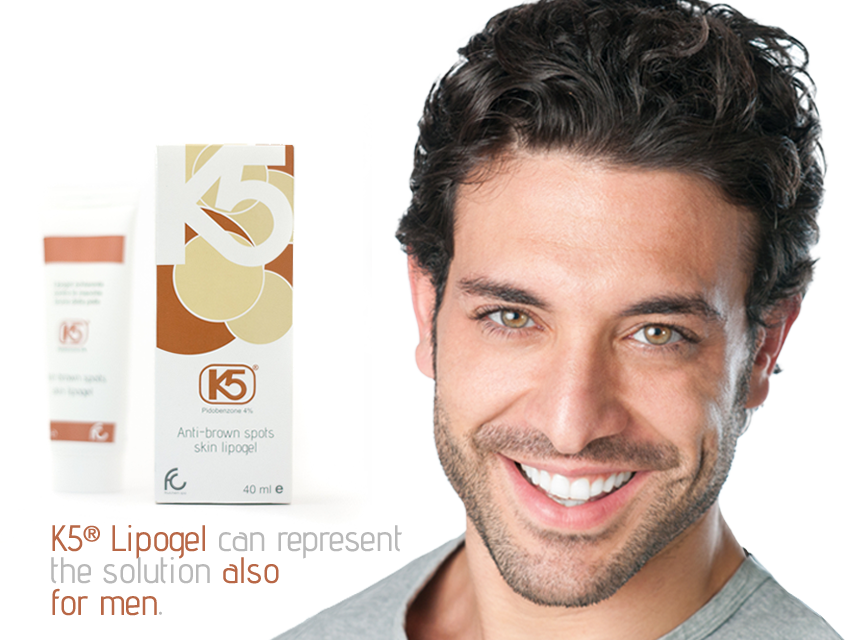1. What it is and how it is made
Wood's lamp, or Black light is a particular light source that almost entirely emits long-wave electromagnetic ultraviolet radiation. It consists of a particular filter that only allows the passage of a narrow range of light types. This gives the lamp the characteristic dark color, which blocks almost all visible light, allowing the passage of ultraviolet rays.
2. PRINCIPLE OF ACTION AND APPLICATIONS
This device converts the ultraviolet radiation into visible radiation to the human eye due to the phenomenon of fluorescence or phosphorescence. In fact, if hit by these waves, some materials reflect visible light and light up. It is thus possible to highlight things that otherwise would not be visible. This makes Wood's lamps very useful and protagonists in many fields. Applications range from microbiology, to areas such as restoration, philately, but also to the important medical field.
3. USE IN DERMATOLOGY
In dermatology this lamp is helpful in identifying skin conditions. It allows to highlight various disorders such as superficial fungal infections, bacterial infections, acne vulgaris, porphyria. One of its main uses is related to the diagnosis for pigmentation disorders.
4. HOW THE DERMATOLOGICAL EXAMINATION IS CONDUCTED WITH THIS TOOL
The examination with Wood's lamp must be carried out in a dark room in order to be able to better assess the presence of fluorescence. The light is directed on what is to be inspected at a small distance from the skin. The diagnosis derives from the accurate observation of the fluorescent areas and the type of margins that characterize them, by the dermatologist.
5. USE FOR HYPERPIGMENTATION PROBLEMS AND IN PARTICULAR FOR MELASMA
Wood's lamp may be useful to assess pigmentation problems, because, in case of hyperpigmentation, the greater amount of melanin leads to a greater absorption of light. This way, the spots manifest themselves in contrast with the rest of the skin. The specific approach for melasma is very interesting and, thanks to this analysis, it was possible to classify it in epidermal, dermal, mixed and not visible in Wood's light. Wood's lamp can give information concerning the depth of distribution of melanin in the skin. When changes in the pigmentation concern the epidermal layer, the lesions are well defined with this type of analysis. In melasma where hyperpigmentation is located at a dermal level, on the other hand, the contrast is less sharp. This information is useful to determine the most suitable approach to solve the problem. Unfortunately, this type of examination is not suitable for people with darker skin.
6. SAFETY OF USE
Despite Wood's lamp is a cost-effective tool and easy to use, it offers good reliability. It has no contraindications and the only precaution to be taken is to avoid pointing it to the eyes, as it may cause damage to the retina or conjunctiva.
Bibliography
• Gupta LK, Singhi Mk. Wood’s lamp. IJDVL 2004; 70: 131-135.
• Ponka D, Baddar F. Wood lamp examination. Can Fam Physician 2012; 58: 976.


